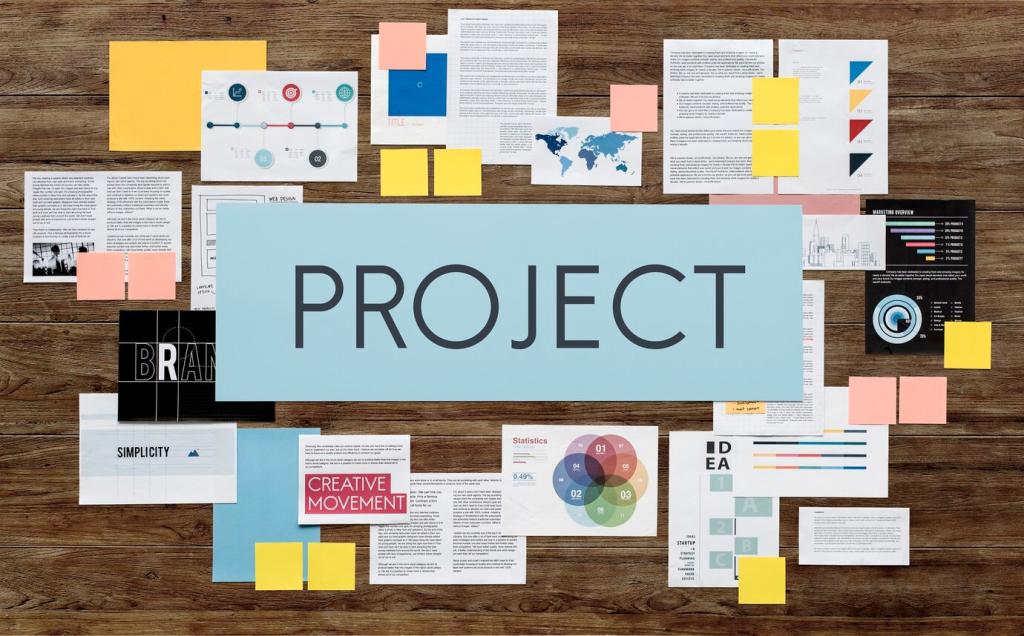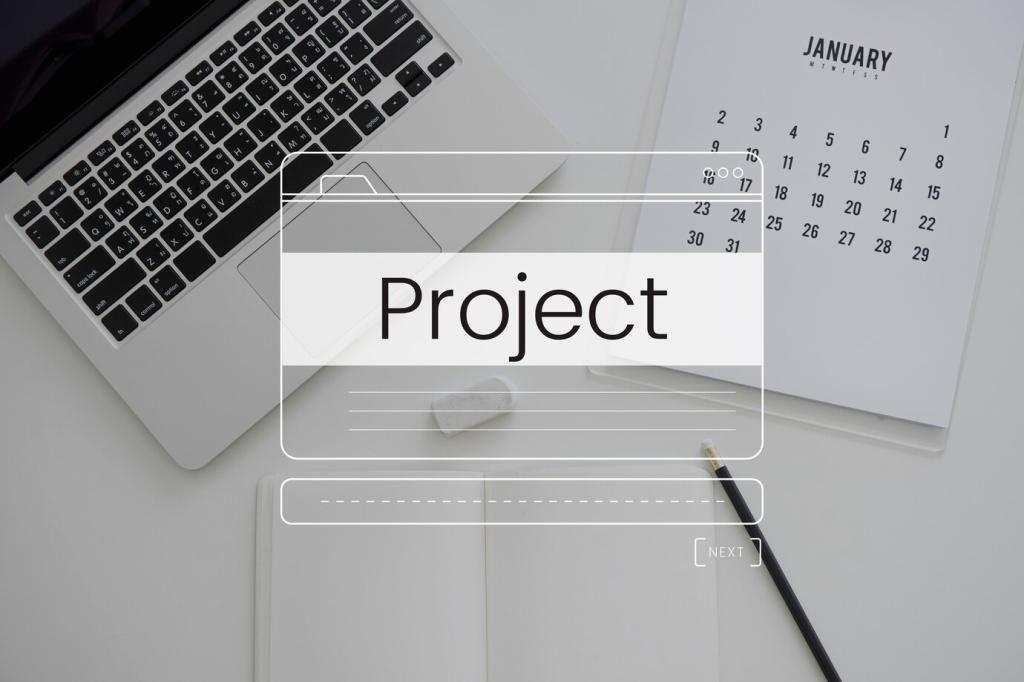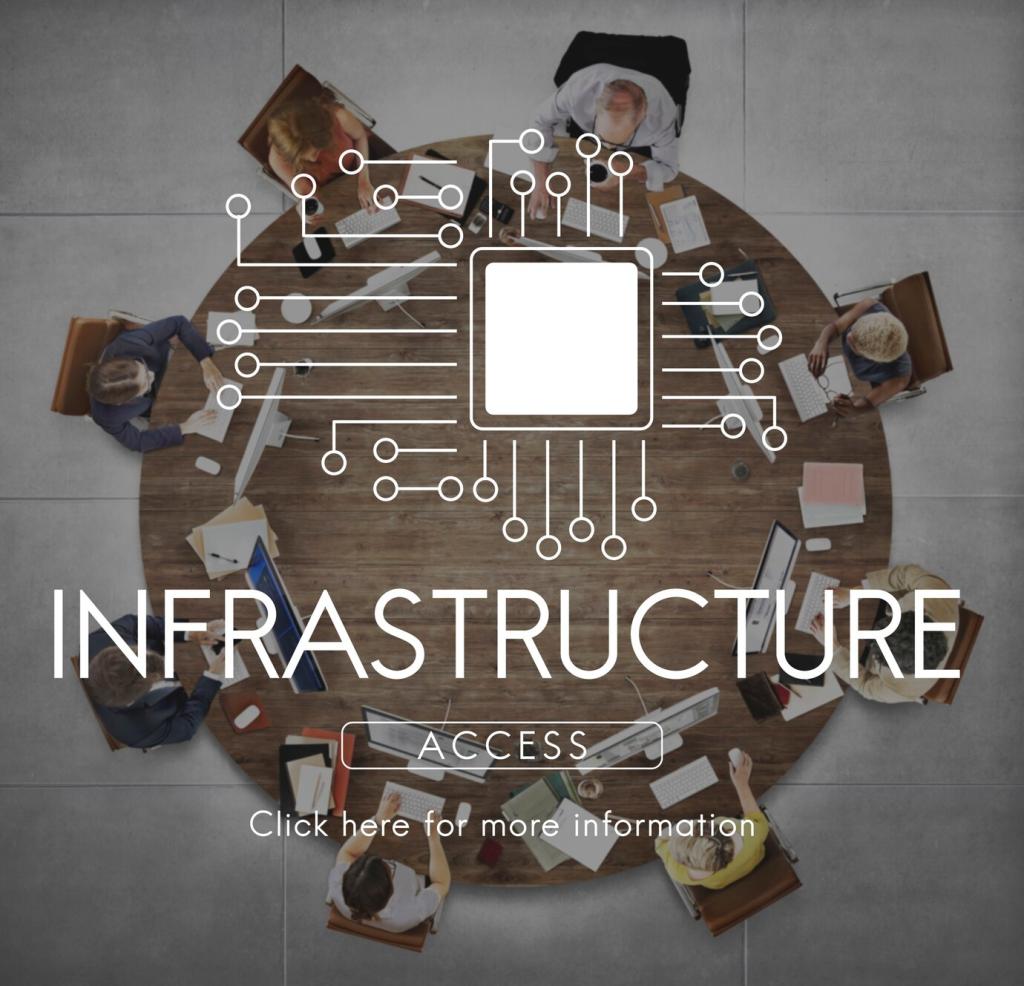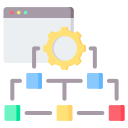
Advantages of Cross-Platform Mobile Development: Build Once, Reach Everywhere
Chosen theme: Advantages of Cross-Platform Mobile Development. Welcome to a practical, optimistic guide for teams who want momentum without sacrificing quality. If reaching iOS and Android users faster excites you, stick around, join the conversation, and subscribe for fresh, field-tested insights.
Speed to Market Without Compromise
With one shared codebase, engineers avoid context switching between two separate stacks and duplicate work. The same feature ticket moves through design, development, and testing once, accelerating delivery. What would your team build with two extra weeks this quarter?


Speed to Market Without Compromise
A small delivery startup validated demand in four weeks using a cross-platform framework, then shipped its production app in the fifth. They launched simultaneously on iOS and Android, capturing weekend buzz and doubling early signups. Could that momentum help your next idea?
Cost Efficiency That Scales
One Team, Many Platforms
Instead of staffing two fully separate mobile teams, one cross-functional squad covers both major platforms. That shifts budget from duplication to innovation. Less redundancy, more momentum. Share your team structure below and compare notes with other readers.
Reinvesting Savings Into UX and QA
Money not spent on duplicated builds funds usability testing, accessibility improvements, and richer design systems. The outcome is fewer support tickets and happier users. Comment with your top area to reinvest—research, performance, or content?
A Real-World Savings Anecdote
A nonprofit modernizing its donor app cut delivery costs by roughly forty percent using shared code for core flows. They redirected the difference into localization and analytics, boosting conversions. Want the breakdown? Subscribe for the full case study next week.
Consistent UX Across Devices
Cross-platform component libraries ensure typography, spacing, and color tokens stay aligned across devices. Users feel at home whether they switch phones or tablets. What patterns in your app most need consistency? Tell us and we’ll feature solutions.


Consistent UX Across Devices
Shared accessibility practices—contrast ratios, larger tap targets, screen reader labels—scale across both platforms. Inclusive design becomes the default, not a patch. Share your accessibility wins or challenges so others can learn from your journey.
Monorepos and CI/CD That Scale
One repository for shared logic, platform shells, and design tokens simplifies code reviews and automation. A single CI/CD pipeline runs tests, builds, and deploys both platforms. Curious about templates? Subscribe; we will publish example workflows soon.
Reusable Business Logic as a Force Multiplier
Authentication, validation, and networking layers become reusable libraries. Fix a bug once, benefit everywhere. This multiplier effect compounds over quarters, not just sprints. Which module would you love to never duplicate again?
Onboarding That Doesn’t Break Momentum
New developers learn one architecture and one set of conventions, contributing to both platforms faster. Less ramp-up time means more feature velocity. If you have onboarding tips, share them—your advice could save someone’s first week.

Rendering Pipelines and Native Bridges
Modern toolkits leverage GPU acceleration and efficient bridges to deliver smooth animations and responsive gestures. The right patterns avoid unnecessary renders. Tell us where performance matters most in your app—navigation, lists, or media?

Native Modules for Heavy Lifting
When a feature demands platform-specific speed—camera, biometrics, or cryptography—drop to native modules selectively. Keep ninety percent shared, optimize the rest. Want examples of this hybrid approach? Subscribe for our upcoming technical deep dive.
Future-Proofing and Maintainability
Centralized dependencies and typed interfaces make version bumps predictable. Update once, validate twice, deploy everywhere. If you have an upgrade horror story, share it—and we’ll crowdsource strategies to avoid repeat pain.

Future-Proofing and Maintainability
Feature modules with clear contracts isolate complexity and simplify rollback. You can experiment without destabilizing core flows. Interested in a sample module map? Subscribe, and we’ll send a template diagram to newsletter readers.
Expanding Reach and Engagement
Shipping on iOS and Android together doubles your early footprint and amplifies press potential. Marketing can coordinate one campaign, not two. If you are planning a launch, comment with your date and we will cheer you on.
Expanding Reach and Engagement
Use shared experimentation frameworks and analytics to test features across platforms with controlled rollouts. Learn faster, ship safer. Want a checklist for ethical experimentation? Subscribe and we’ll deliver one to your inbox.


